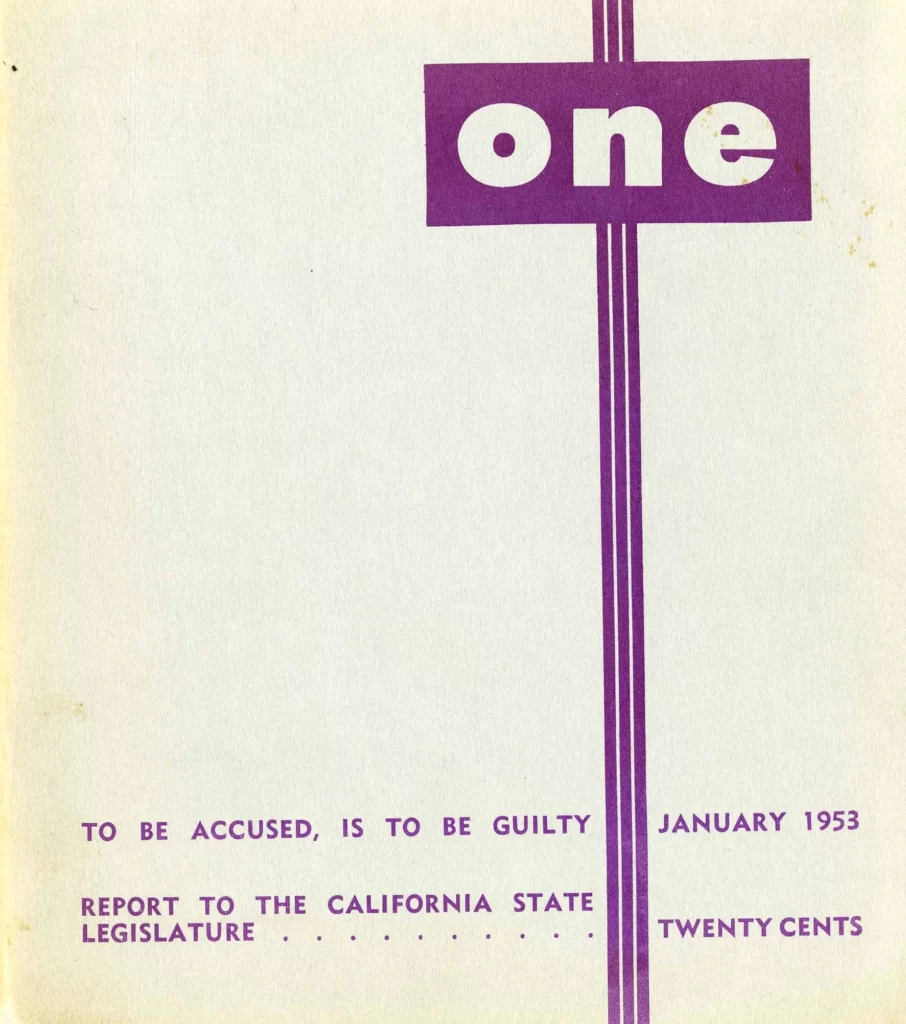June 9, 2021
Queer by Design: Pre-liberation & the 70s
Est. Read time Min.
This post was originally published in June 2020, in the limited print magazine OFF centre, created in collaboration with Linda Hammarstrand and Viktorija Bernatavičiūtė.
Queer
/kwir/
adjective
1. Strange; odd.
2. Denoting or relating to a sexual or gender identity that does not
correspond to established ideas of sexuality and gender, especially
heterosexual norms.
3. Off-center
The first era identified in Campbell’s book, he aptly named the “Pre-Liberation”, a moment in which gay and lesbian identities were forming in the vocabulary and when the policing and oppression by law and society gave birth to counter movements and organizations such as Mattachine Society advocating for homosexual lives. During this era that encompasses from the periods of the 40s, 50s and 60s of the 20th century, homosexuality was illegal and undercover and most communications and identifying elements of queer identity during this time are characterized for being undercover or discreet, toying with the line of what’s acceptable or hiding in plain sight.
The early symbols of this era were mixed and identified this or that organization, often side-lined lesbians, focusing on the gay man’s perspective and lacked any encompassing and unifying factors.
This era is marked by creativity in the midst of prosecution and discrimination, and the magazine being used as the primary medium for public expression.
During the 50s, tattoos were also a big part of building community and symbols like a nautical star on the wrist to identify lesbian women were seen more often. This is also the time of the establishment of the first gay motorcycle clubs and the leather community who created their own identifying symbols and semiotics through tattoo, items of clothing and body jewelry.

During the 60s, queer organizations started aiming for more visibility within society.
But it all changed in the 1970s, one year after the momentum provided by the events of the Stonewall Riots, when the queer community came out and so loudly announced their existence and demanded their liberation.
Stonewall was the last of the gay rights protests and revolts that had already been brewing throughout the second half of the 60s, and as of 1970 on the weekend of the anniversary of the uprisings, “Gay Freedom Day” parades started popping up everywhere. The slogan of the 19070s was “Gay is Good”, marking a change in the tone of queer communication for the decade.
Throughout the 70s LGBTQ bars, magazines and political organizations grew rapidly, and became important spaces where the developing queer identity would be defined. The social activation and political character of the queer identity during the 70s found its core form of expression in the design of buttons, that could be easily pinned on clothes and worn by the dozen to express one’s true self, ideology and opinions. This decade also saw the birth of many of the original LGBTQ signs and icons such as the Lambda, the reclaimed Lavender Menace t-shirt slogan and the Rainbow Flag, but it was also marked by a DIY feeling as creators didn’t come from promising careers in the design industry, rather identified a need to communicate their identity visually and to make a political and social statement.
More information about Andy Campbell and his book Queer x Design